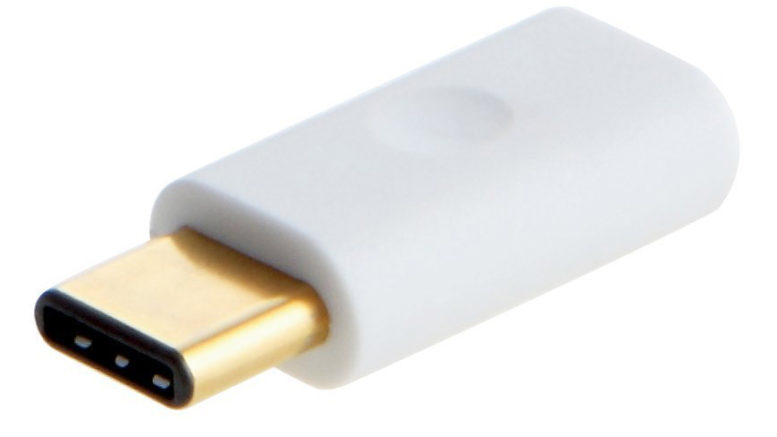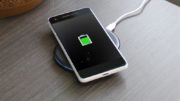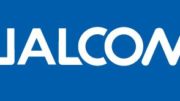I’ve written several times about how I’m not a big fan of the classic, rectangular USB connector. I like its MicroUSB counterpart even less. But, I’ve become a bit warmer to the USB-C connector. No, it’s not perfect. I would have designed it to be more like Lightning; smaller, with a plug that can’t attract dust. But putting that aside, it’s probably as close to a perfect connector as we all deserve at this moment in time.
It’s pretty easy to find USB-C charging cables out there. Solid Signal has a ton of them. And, if you’re looking for a new cable and charger, you should use them. Why? The answer is simple. Generally speaking, USB cables connected to a computer top out at about 10 watts. That’s really double the spec that they should, but it’s sort of become an unwritten rule that it’s ok for computers to supply that amount of current. It’s what you’ll need for a fast charger or to charge a tablet. Some computers hold to the specification and supply only 5 watts. That amount of current will charge your phone and not much else.
If you charge using a dedicated charger that supports USB QC 3.0 or higher, you could potentially be getting 36 watts. That’s nice although honestly it’s still hard to get excited about considering you’re talkin about half an hour to charge most phones.
USB-C brings the goods
In general, USB-C connectors on computers can supply about 15 watts. Right there it’s a 50% improvement over the USB-A option. If you opt for USB-PD, which is a special version of USB-C that carries current and not power, you can get 120 watts over that cable. That’s enough to run a monitor or power a laptop. It’s made possible by two-way communication that constantly monitors charge rates to make sure nothing is going to go boom.
So you can see that if there’s a choice between USB-A and USB-C, you’ll probably get faster charging with USB-C. That is, if you know the whole story.
Please, Stuart, tell us the whole story.
First thing you need to know is that charging isn’t passive. Really no power is truly passive, but when it comes to electronic devices, there’s a lot going on there. Your USB device will never draw more power than it needs. Almost all USB devices, whether connected via type A or type C connector, will be supplied 5 volts. There are some versions of USB-A that supply 12 volts and if you connect something to one of those, it could theoretically fry. But most chargers will start with a gentle 5 volts and 1 amp and only scale up when requested.
If you plug a phone into a high wattage charger, it’s not going to get supplied more wattage than it needs. The power management chips will pull only the amperage needed to charge and everyone will stay safe. That’s a good thing, again avoiding the whole “boom” thing.
A USB-C cable can theoretically carry a lot of watts, but only if all the devices on both sides agree that it’s safe to do so. But, considering the amount of wattage carried by USB-C is higher, at least you have a chance for a faster charge than you do with USB-A.
Don’t try to play tricks
Truth is, these devices are smarter than you when it comes to power management. The normal shenanigans won’t work. For example, starting with USB-A from your computer and going to USB-C using an adapter isn’t going to give you USB-C charging speeds. The device will only charge at the highest rate supported by everything in between, including any cables or adapters. Any attempt to force USB-A to act like USB-C isn’t going to work.
On the other hand, why use USB-A if you don’t have to? If you’re connecting to a computer, I get that. I do. Most PCs today still have more USB-A ports than USB-C ports. But if you’re using a dedicated charger, always choose the USB-C one. You’ll just be happier.
This article is brought to you by Solid Signal. Shop at Solid Signal for all the things you’ll need to live your best digital life. The best part of shopping at Solid Signal? It’s all about service. Unlike the larger sites, we have a full US-based tech staff ready to chat, email, or answer the phone. If you have questions before, during or after the sale, call 888-233-7563 during East Coast business hours. If it’s after hours, fill out the form below. We’ll get back to you, usually within one business day.





